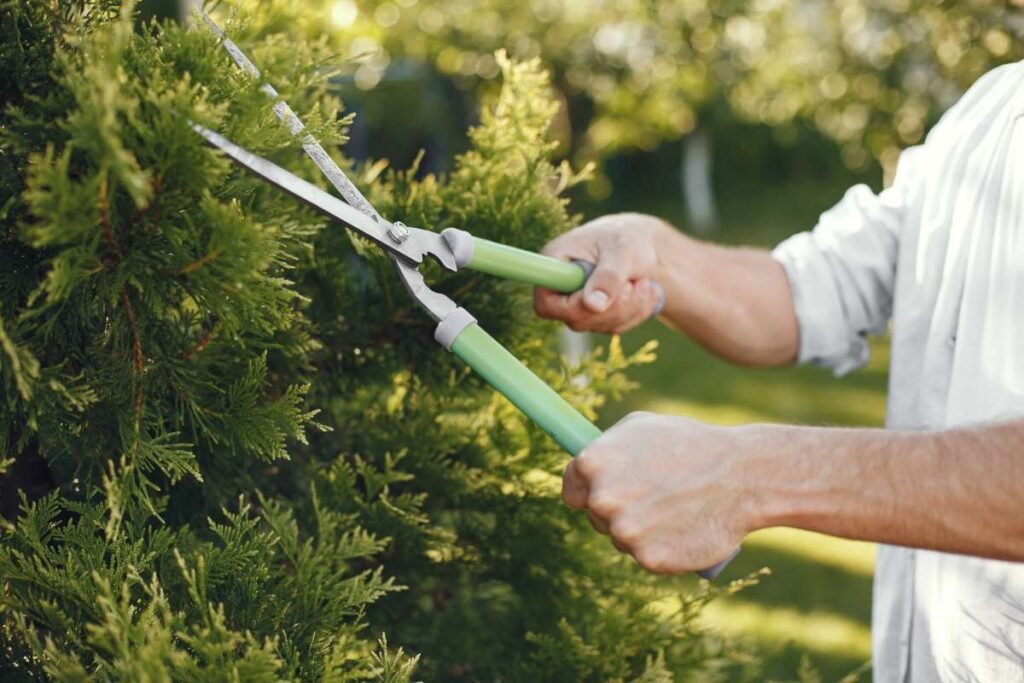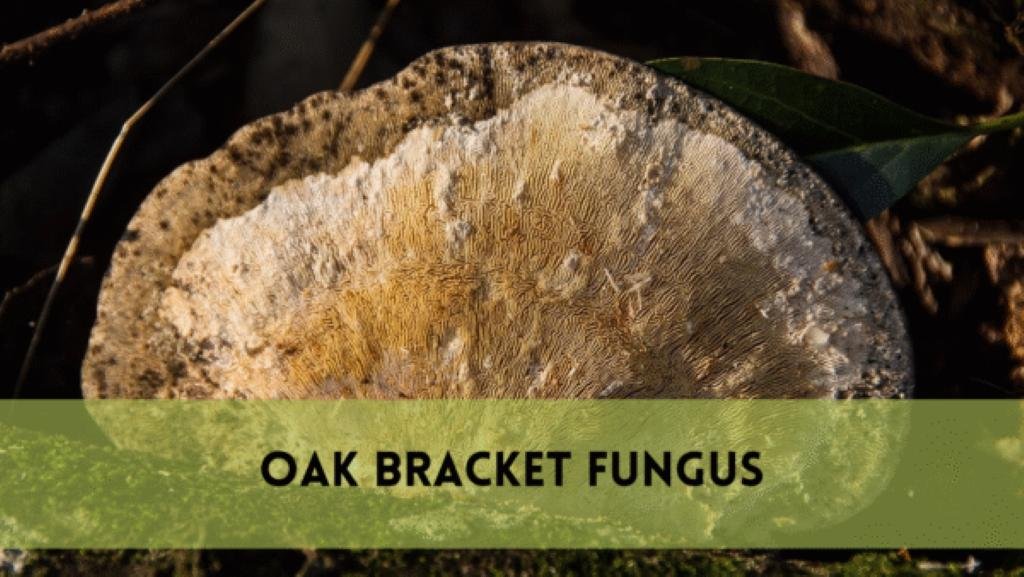Timing is crucial for preserving the appearance and health of your maple trees. Knowing when trimming maple trees can help to maintain their health and improve the appearance of your landscape as a whole. We’ll go into the specifics of caring for maple trees in this post, giving you advice on how and when to trim maple trees to get the best results.
The Importance of Best Time to Trimming Maple Trees
Maple trees, admired for their vivid leaves and elegant branches, need to be pruned carefully to encourage strong development and long life. Achieving the intended results depends critically on when trees are trimmed. When maple trees are dormant, which is usually in late winter or early spring, this is the greatest time to trim them.
The tree is not actively growing at this time and is instead in a condition of rest. The tree experiences less stress during its dormant period, which also lowers the chance of disease transmission. Cutting back on growth during the dormant season also promotes faster healing of wounds since the tree’s energy isn’t being used for development.
Late Winter Is the Best Time to Trim Maple Tree
The best time to trim maple trees is in the late winter. This window of time, which is often late January to early March, offers a special chance to reshape the tree before new growth starts. First, cut out any sick or dead branches and remove any crossing or crowded limbs.
Benefits of Late Winter Trimming
Disease Prevention: Pruning during late winter helps prevent the spread of diseases, as pathogens are less active during the dormant season.
Enhanced Aesthetics: Trimming during this time ensures that the tree’s natural beauty is showcased once the leaves emerge in spring.
Stress Reduction: The tree experiences minimal stress during dormancy, contributing to a smoother recovery from pruning.
Early Spring Trimming of Maple Tree
The sap starts to increase as winter gives way to spring, indicating the tree’s waking. The first part of spring, usually from March to April, presents another chance to trim maple trees. This stage is perfect for adjusting and taking care of any problems that late winter pruning may have missed.
Important Points to Remember During Early Spring Trimming
Bud Swell: By scheduling the trimming during the bud swell, you can make sure that the tree’s normal development cycle is being followed. Refine the shape of the tree by concentrating on trimming any unneeded branches that might compromise its general structure.
Moderate trimming: Early spring is the time for accuracy and moderation, while late winter permits more drastic trimming.
Steer Clear of Summer and Fall Trimming Pitfalls
Trimming maple trees is best done in late winter or early spring, but it must be avoided throughout the summer and autumn. The tree is actively developing throughout these seasons, and trimming may cause stress and even damage by obstructing the flow of nutrients and energy.
Summer and Fall Challenges to Trim Maple Tree
Increased Stress: Trees that are pruned during the growth season are under increased stress, which increases their susceptibility to pests and diseases.
Reduced Healing Capacity: Pruning in the summer or autumn can cause wounds that heal more slowly, which raises the possibility of infection.
Interrupted Growth: Removing branches during a period of rapid growth might have a detrimental effect on the general health and development of the tree.
A Comprehensive Guide on How to Trim a Maple Tree:

Now that you know how to trim a maple tree is the best idea, let’s look a step-by-step instructions to assist you in carrying out the procedure successfully:
Examine the Tree
Start by carefully examining the tree to look for any indications of insect infestation as well as any dead or damaged limbs. Determine whether parts of the tree should be shaped or thinned to improve airflow.
Get the Necessary Equipment
Having the appropriate equipment is crucial to a fruitful trimming session. Make sure you have loppers, a pruning saw for heavier branches, and clean, sharp pruning shears.
Eliminate any dead or Diseased Branches.
As they endanger the tree’s general health, begin by cutting off any dead or unhealthy branches. Just above the branch collar, make clean incisions to allow for healing.
Handle Branches That Are Crossed or Crowded
Look for any branches that grow too near to one another or that cross. To make room and avoid friction, which can result in sores and possible entrance sites for infections, remove the weaker of the two.
Construct the Tree
To bring out the tree’s inherent form, concentrate on shaping it. To create a balanced and attractive shape, trim branches. Take a step back now and then, evaluate your progress, and make any necessary modifications.
Take Into Account Expert Help
Consider getting the help of a qualified arborist if you’re not sure how much pruning is necessary or if the tree is enormous and dangerous. They are qualified to manage challenging pruning situations and guarantee the health of the tree.
Signs that Your Maple Tree Needs Care Right Now
Although regular pruning helps keep your maple tree healthy generally, there are times when urgent care is required. Keep an eye out for these warning indicators, which might mean that you need to act quickly:
Drooping or Wilting Leaves: A rapid decrease in the appearance of leaves may indicate a major problem that has to be looked into.
Splits or Cracks in the Bark: These may be signs of internal problems that need to be addressed right once to stop more harm.
Visible Indications of Illness: In order to stop the illness from spreading, any unusual discoloration, lesions, or seeping sap should be treated very once.
Leaning or Unstable Structure: A tree that has an unstable or leaning structure has to be inspected by an expert since it may provide a safety issue.
Conclusion
When it comes to maintaining the health and lifespan of these magnificent trees, timing is everything when it comes to caring for maple trees. The dormant season for trimming maple trees is the ideal time, with late winter and early spring emerging as the finest pruning windows.
You may improve the tree’s health in addition to its appearance by cutting it strategically and at the appropriate time. Recall that a well-maintained maple tree gives your landscape charm and character. Thus, gather your pruning implements, evaluate the condition of your tree, and set out to encourage the health and aesthetic appeal of your prized maple trees. Have fun with the trimming!
FAQs
Why is late winter said to be the ideal period for maple tree pruning?
The dormant season of trees, which begins in late winter, reduces stress, stops the development of disease, and permits effective healing, preparing the ground for strong spring growth.
Can trimming maple trees in the autumn or summer?
It’s not recommended. Pruning a tree during its active growth seasons can cause stress, interfere with the flow of nutrients, and harm the tree’s general development and health.
What should I check for while inspecting my maple tree before cutting it down?
Search for locations where pruning or shaping might improve the appearance and health of the tree, as well as for dead or diseased branches, indications of insect infestation, crossed or crowded limbs, and so on.
How can I trim my maple tree with clean cuts?
To promote appropriate healing, make cuts just above the branch collar using clean, sharp pruning instruments. Clean incisions minimize the chance of infection and encourage ideal recovery.
When should I get help from a professional to trim a maple tree?
A professional arborist can provide you with expert advice if you’re unsure of how much cutting is necessary, if the tree is enormous, or if safety is an issue.




